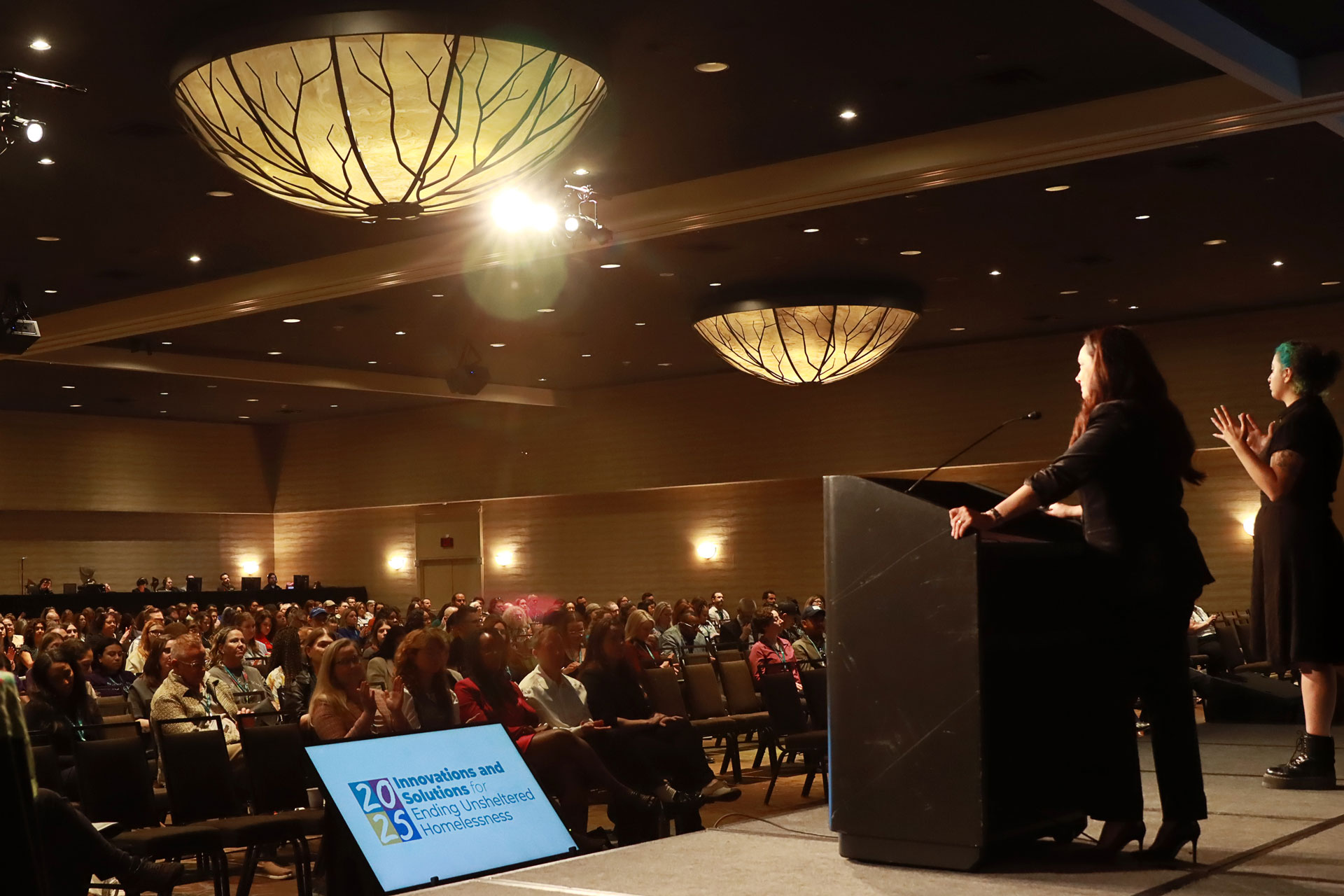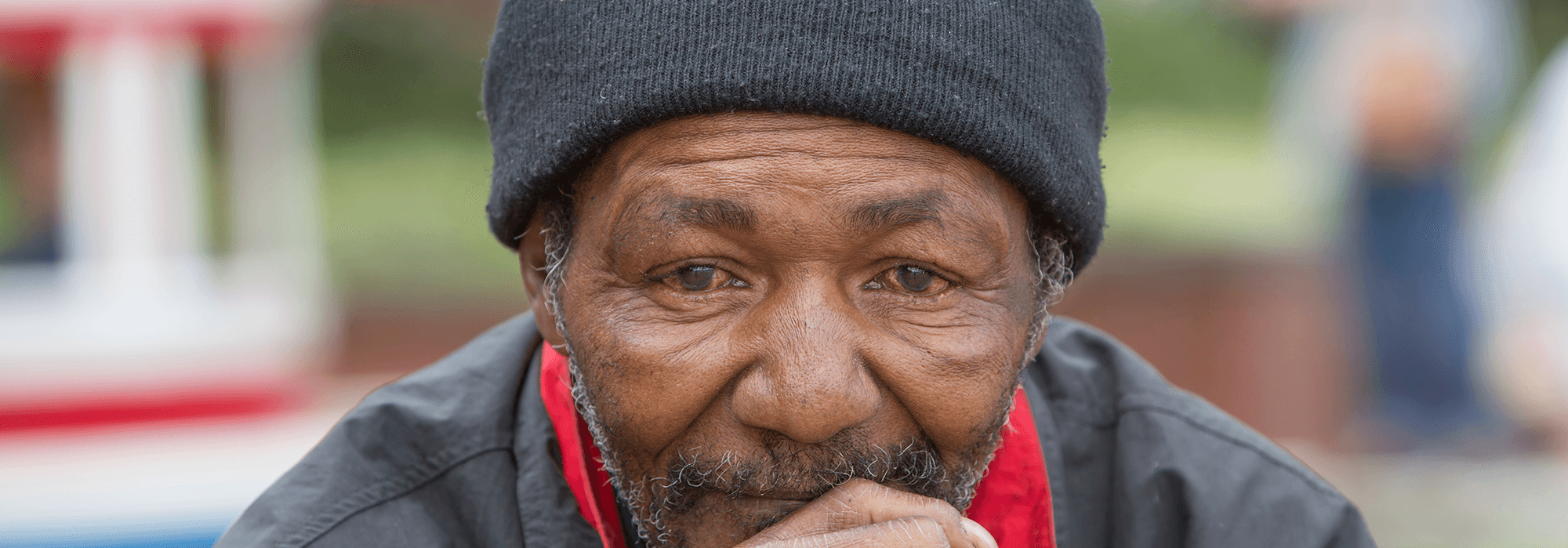Every year, the Administration on Community Living (ACL) releases its 2021 Profile of Older Americans report, which outlines the demographics of older adults throughout the United States. Among the findings are several insights that can and should inform our understanding of the changing older adult population, its unique economic vulnerabilities, and how the homeless services sector and related upstream partners can prepare to serve their needs.
About the Administration on Community Living (ACL)
Using her authority, Kathleen Sebelius, former Secretary of the Department of Health and Human Services established the Administration for Community Living (ACL) in 2012. The ACL was created to advance collaboration between the Administration on Aging, the Office on Disability, and the Administration on Developmental Disabilities. Together, they work towards their common objective of helping older adults and people with disabilities of all ages to live where and with whom they choose, with the ability to fully participate in their communities.
The ACL advocates across the federal government for older adults, people living with disabilities, and their families and caregivers; funds services and supports provided primarily by states and networks of community-based programs; and invests in training, education, research, and innovation. The ACL manages a variety of programs, which are authorized by several statutes, to provide assistance on health and wellness, protect rights and prevent abuse, strengthen networks, etc., all in support of older adults and people living with disabilities.
Examining the Data
The annual summary of the statistics related to older adults in the United States is based on data from the U.S. Census Bureau, the National Center for Health Statistics, and the Bureau of Labor Statistics.
Profile highlights include the following:
- The population is growing: People aged 65+ represented 17 percent of the population in the year 2020. That is expected to grow to 22 percent by 2040.
- Women are disproportionately represented: More women (30.8 million) are aged 65+ than men (24.8 million).
- The population is diverse: Almost 1 in 4 older adults were members of a racial or ethnic group.
- They are economically vulnerable: The 2020 median annual income was $26,668 ($35,808 for men and $21,245 for women), with five million people above the age of 65 living below the poverty level.
- More than a quarter live alone: Of those living in the community, 60 percent lived with a spouse/partner while 27% lived alone.
This profile, along with our current economic situation and housing and healthcare crisis, highlights the urgent need to focus on older adults and their unique needs. As we continue to see rising numbers of older adults seeking homeless services, it is essential that we are all prepared to understand the demographics, needs, resources, and partnerships required to appropriately serve them.
The Alliance will continue to spotlight aspects of this report so that we can all better understand our roles and responsibilities in serving older adults. Please stay tuned for the next installments!
Stay Updated: Solutions, Stories, and Ways to Make an Impact
Sign up to receive updates on the Alliance’s work, including the latest research, advocacy efforts, and real stories of progress — plus ways you can help drive lasting change.











